With student numbers in flux and budgets under pressure, Hien Nguyen explains why universities are turning away from expansion and towards smarter, more efficient estate planning

Masterplanning is a term that’s evolved in meaning over time, especially in the context of higher education. According to the Oxford Dictionary, a masterplan is “a large-scale or comprehensive plan of action”, while the Cambridge Dictionary adds that it’s “an organised set of decisions made by one person or a team of people about how to do something in the future”.
But over the years, as we’ve worked extensively in higher education masterplanning, we’ve noticed a shift in how these plans are approached and understood. Universities used to view masterplanning as a tool for growth. It was all about providing more space to accommodate more students, creating a distinct identity in a competitive market, and replacing outdated buildings that were no longer fit for purpose.
These masterplans often involved expanding the campus onto new land, demolishing old buildings, and constructing shiny new ones. However, times have changed.
The challenges facing universities today are different from those of the past, and so the approach to masterplanning has had to change as well. While growth and expansion are still important, the focus has shifted towards a more efficient, sustainable and flexible use of space. The goal is to create a better campus with less: less space, less waste, and less unnecessary construction.
The new reality of university planning
Today’s universities face a whole host of new challenges. While some of the old issues remain (like creating a competitive identity and maintaining up-to-date facilities), other, more urgent challenges have come to the forefront. For instance, many universities are grappling with fluctuating student numbers, particularly among international students, which in turn affects their financial bottom line.
Between January and the end of July 2024, the Home Office said that overall student applications were down by 16% compared with the same period in 2023, continuing the downward trend following the previous government’s efforts to restrict the number of visas issued. Tuition fees aren’t keeping pace with inflation, and this decline in income is forcing universities to reconsider their spending, particularly when it comes to their estates.
Then there’s the pressing need to address environmental concerns. Nearly every higher education institution is working on a decarbonisation strategy, with many already setting ambitious carbon reduction targets.
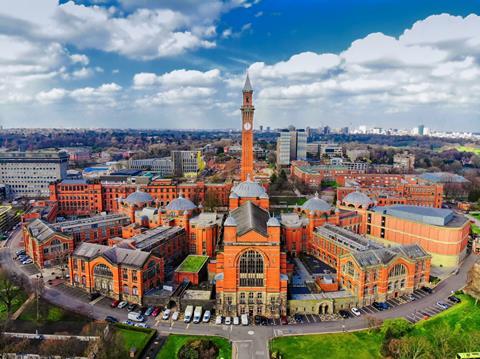
Energy consumption, biodiversity and sustainability have all become critical components of university planning. Reducing the energy cost of operating a campus is now just as important as making sure it’s a vibrant, functional space for learning.
And let’s not forget the cost of living crisis, which is hitting students hard. Many students now need to work part-time to support themselves, leaving them with less time on campus and a different relationship with their university than in years past. This reality is forcing universities to rethink how they use space and to question what kinds of facilities they truly need to provide.
In response to all these changes, the traditional concept of a masterplan (a grand, long-term vision for physical expansion) no longer seems to fully fit. Today, a more nuanced, flexible approach is needed.
Rethinking the masterplan: the need for flexibility
Throughout our work in university masterplanning, we’ve often asked ourselves whether “masterplan” is the right term for what we’re doing. Historically, masterplans were very specific. They outlined not only where new buildings would go, but also when they would be built. Every step was clearly defined, from the scale of new construction to the sequencing of different phases of development.
But the world is changing too quickly for such rigid plans.
Instead of looking at a masterplan as a fixed blueprint for growth, at MCW we define “masterplans” as “development frameworks”.
What universities need now is an estate development framework that is comprehensive, yes, but also flexible enough to accommodate new challenges as they arise. We need to think about masterplanning on both a large scale and a small scale, with an emphasis on making the most of existing resources and space.
Data-driven solutions and pragmatic planning
In response to these challenges, the solutions are becoming more data-driven and practical. Universities are increasingly using data to better understand how their current spaces are being used, which allows them to prioritise the areas that will have the greatest impact with small, pragmatic interventions.
For example, data on space utilisation can reveal important trends in how teaching and learning are evolving. Hybrid learning models, where a combination of online and in-person instruction is used, are reshaping the way both students and staff engage with campus facilities. With fewer students spending all their time on campus, universities need to rethink how they deliver programmes to make the most of both campus and online participation.
This might involve reworking the delivery of certain courses to take advantage of virtual platforms for lectures, while reserving on-campus time for more interactive, hands-on learning experiences. Timetabling can also be adjusted, clustering classes so that students have fewer but more meaningful days on campus, making their commute more worthwhile.
In addition, new space models are being explored to provide greater flexibility for on-campus programmes. Instead of rigidly defined classrooms and lecture halls, universities are creating multi-use spaces that can be easily adapted for different purposes, from seminars and group work to quiet study zones or even social events.
By carefully analysing data on how space is currently used, universities can prioritise these kinds of innovations, making their estates more efficient while enhancing the student and staff experience. This holistic, data-driven approach allows universities to make informed decisions that align with modern teaching practices and student needs, all while maximising the use of their physical estate.

Retrofit projects mark an exciting shift in university masterplanning. Instead of demolishing old buildings to make way for new ones, many universities are now choosing to breathe new life into existing structures. This not only makes them more energy efficient but also honours the history and character of the original buildings.
However, a retrofit project isn’t without its challenges. It’s essential for universities to engage early with a professional team to evaluate whether refurbishing an old building is a better choice than starting fresh. Feasibility studies can provide valuable insights, helping institutions understand costs, carbon footprints and early life cycle analysis.
Adaptive reuse is all about taking an older building and repurposing it for contemporary needs. This process involves careful planning to maintain the historical and architectural integrity of the structure while making it suitable for modern use.
The benefits of this approach extend beyond just energy efficiency; it allows universities to preserve and repurpose historic landmarks that hold cultural significance.
These blends of old and new often result in unique designs and functionalities that wouldn’t emerge from a new construction. The creative fusion of existing structures with new space demands becomes a defining aspect of a university’s identity, setting it apart in the increasingly competitive higher education sector.
Another key consideration is academic planning. It raises an important question: do universities really need to provide every type of space for every possible activity? While it’s essential to have dedicated facilities for specialised teaching and learning (such as science labs, performance spaces and art studios), there’s also an opportunity to design multi-purpose areas that can adapt to various functions.
In this new era of planning, the goal is to create better campuses with fewer resources
Striking a balance between single-purpose and multi-purpose spaces is crucial, as we understand it’s often the specialised spaces that play a vital role in attracting students and faculty, enhancing a university’s reputation for specific programmes, and can even draw grants and funding for research and development.
To achieve such balance, universities need strong leadership and a clear academic vision. It’s essential for decision-makers to define their strategic goals and priorities. As architects and masterplanners, we have first hand experience in helping universities navigate the process.
By collaborating with university leaders and leveraging data on how spaces are currently used, we can develop a comprehensive framework that informs decisions on everything from course offerings to spatial design. This data-driven approach allows universities to focus their efforts where they matter most, whether it’s expanding popular programmes or making the tough calls about which courses may no longer align with their vision.
A new vision for university estates
The approach to university masterplanning has changed dramatically in recent years. What was once primarily about expansion is now about efficiency and flexibility. Universities must still plan for the future, but they must do so with an eye toward sustainability, financial prudence and adaptability. Estate development frameworks now need to balance the big picture with the small details, ensuring that every inch of space is being used effectively and that every decision is driven by data, not just ambition.
In this new era of planning, the goal is to create better campuses with fewer resources, without sacrificing the quality of the student and staff experience. The future of university estates lies in flexibility, sustainability and, above all, pragmatism.
Postscript
Hien Nguyen is associate director at MCW Architects


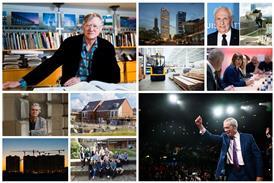
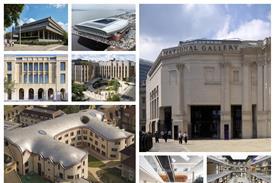

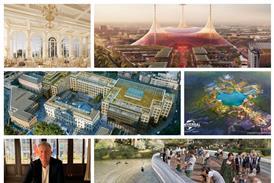

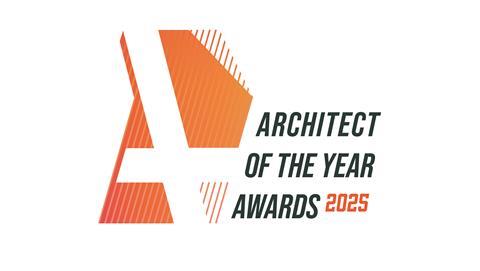
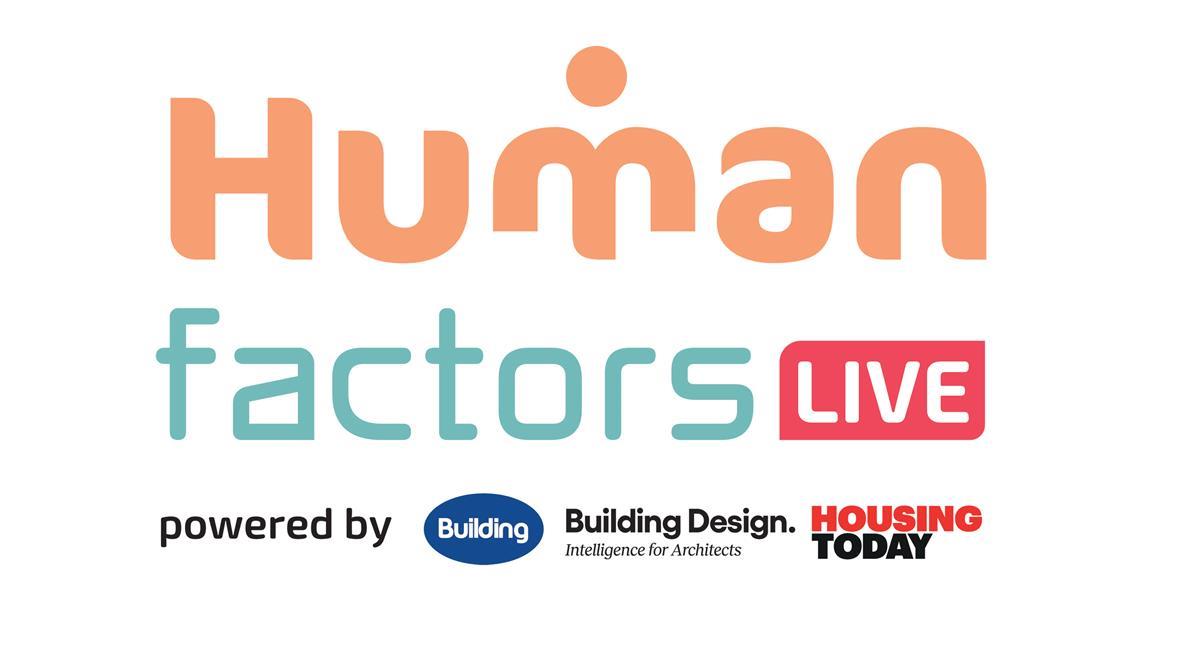







No comments yet